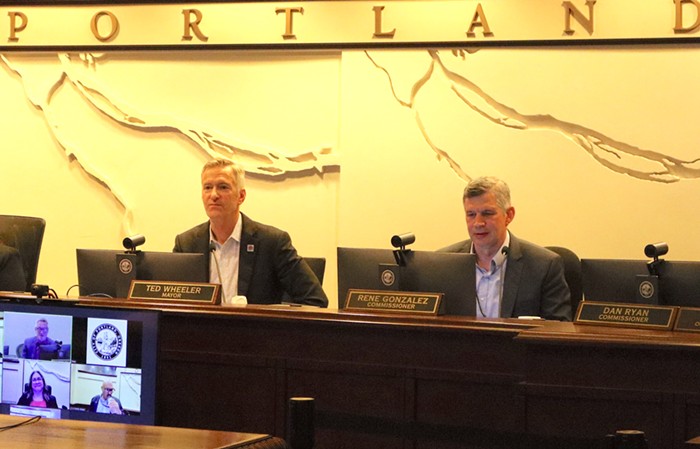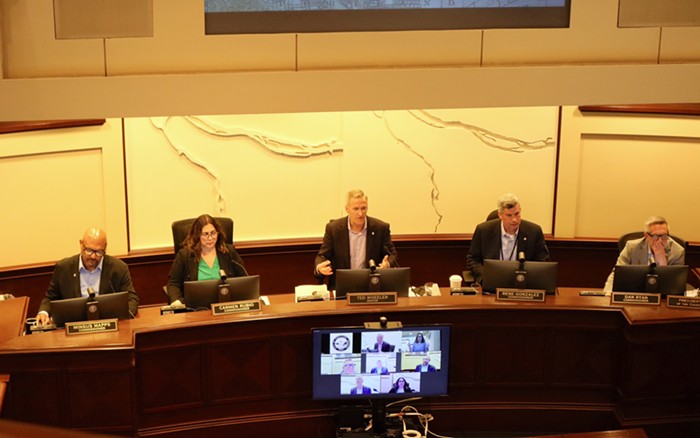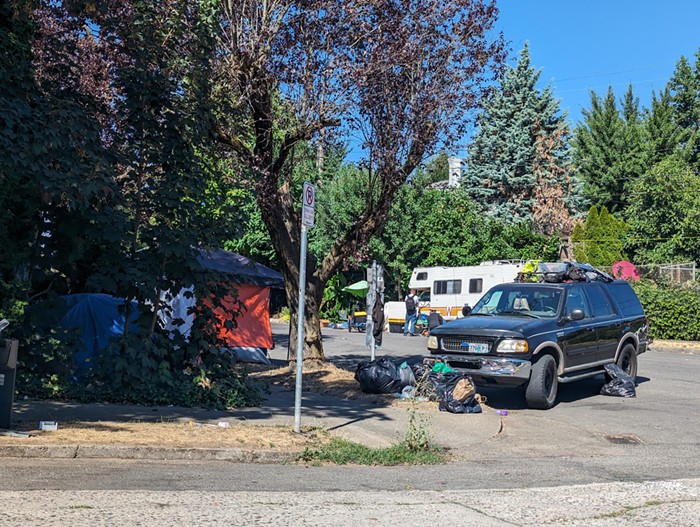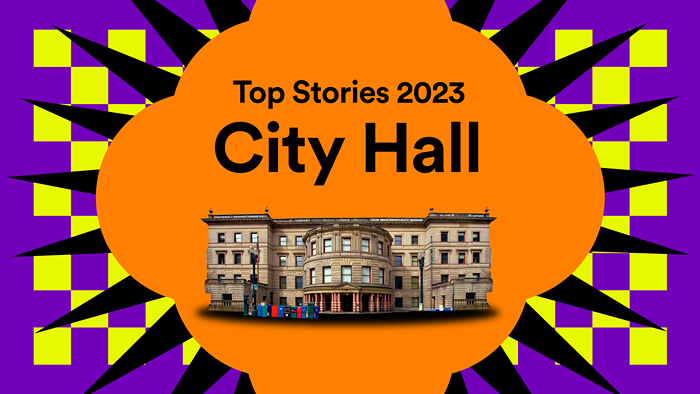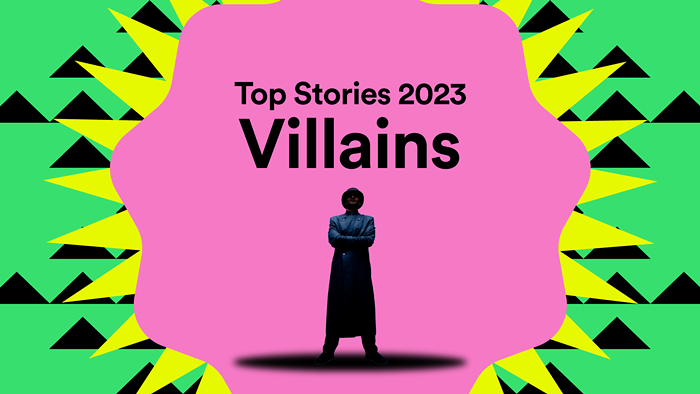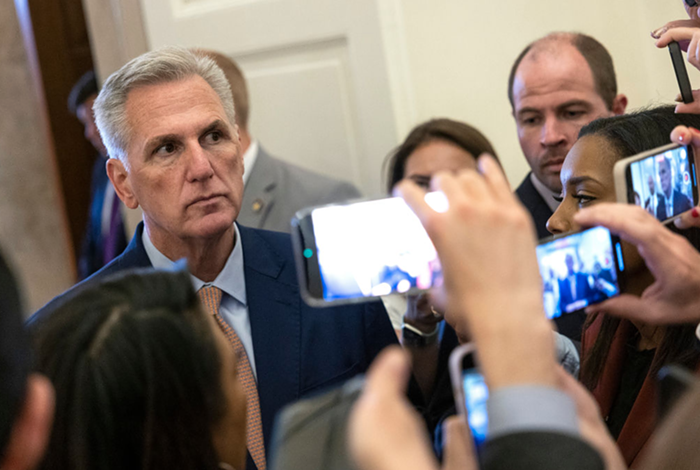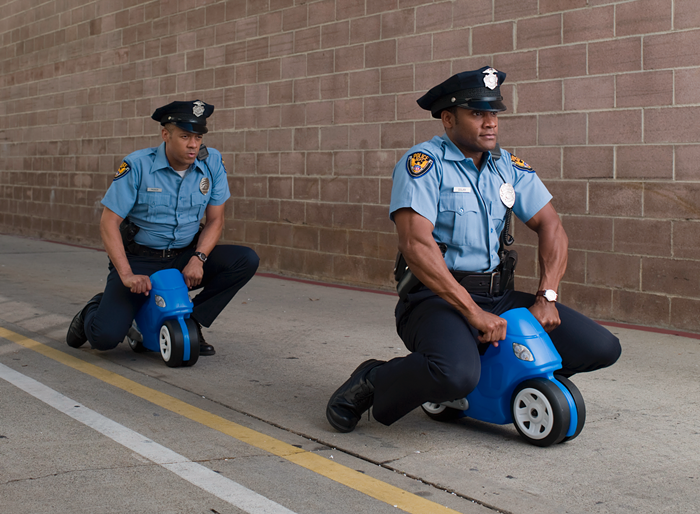As the Mercury said would happen last month, city and police officials joined suicide-response nonprofit Lines for Life (formerly Oregon Partnership) in unveiling a new Portland-specific suicide hotline. It's another important step toward "getting cops and 911 dispatchers out of the suicide business—a push that took on new urgency last week when it was among the recommendations contained in the federal Department of Justice's scathing review of the police bureau's dealings with people perceived to be mentally ill. It also comes amid a spike in suicide calls.
"We want people to not call 911 if they're in crisis," Commissioner Amanda Fritz said when the effort was approved this morning by city council.
The hotline owes its existence to a $150,000 city grant, approved in August, that helped Lines for Life add and train extra call-takers. The first sign is going up at the Vista Bridge on the way out to the zoo. Other bridges will follow in the coming weeks, and so will a word-of mouth campaign relying on ministers and leaders in the queer community, and a blitz of billboards. Anyone in crisis—or anyone just worried about someone else in crisis—can call it.
How does Lines for Life work? Here's what I wrote last month:
Lines for Life claims that 98 percent of its calls—more than 17,000 last year—are solved without help from cops. Tom Parker, a spokesman for the nonprofit, says that's because its volunteers can do things that 911 dispatchers can't do: take calls that involve a weapon or the prospect of imminent harm, and spend as long as it takes until a call "de-escalates." Lines for Life also can accept text messages and has specialists on hand if someone like, say, a veteran calls and threatens suicide.
Mayor Sam Adams, who co-piloted the effort alongside Commissioner Amanda Fritz, said the signs might "startle" non-depressed people when they see them. Startling people is exactly the idea.
"They're intended to startle the person who's intent on committing suicide," he said.

